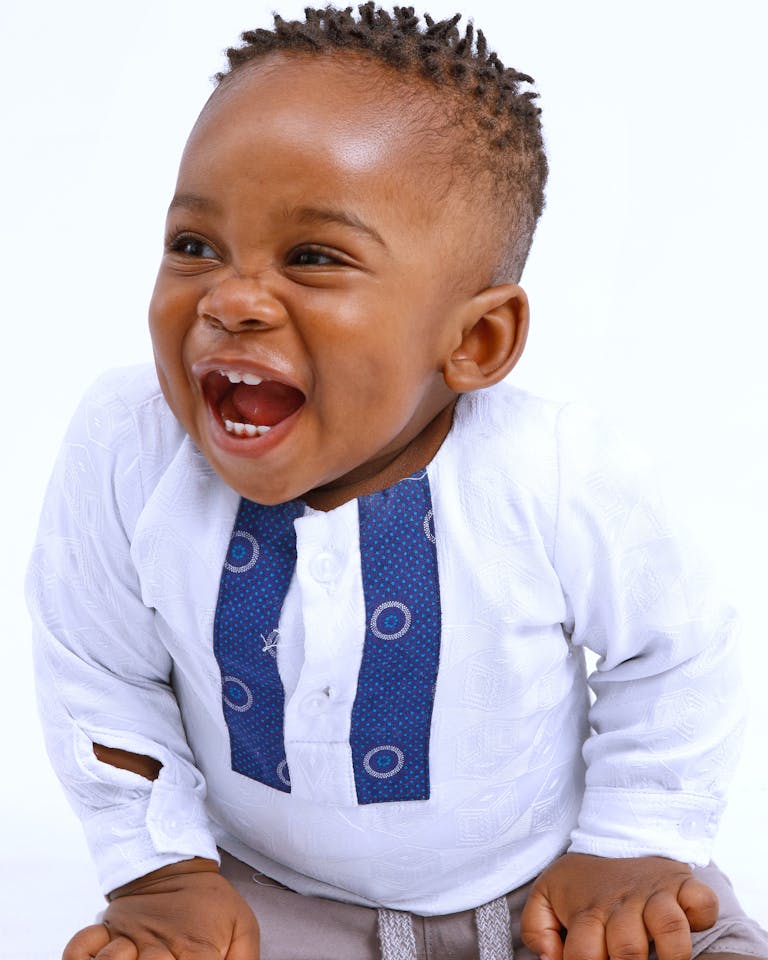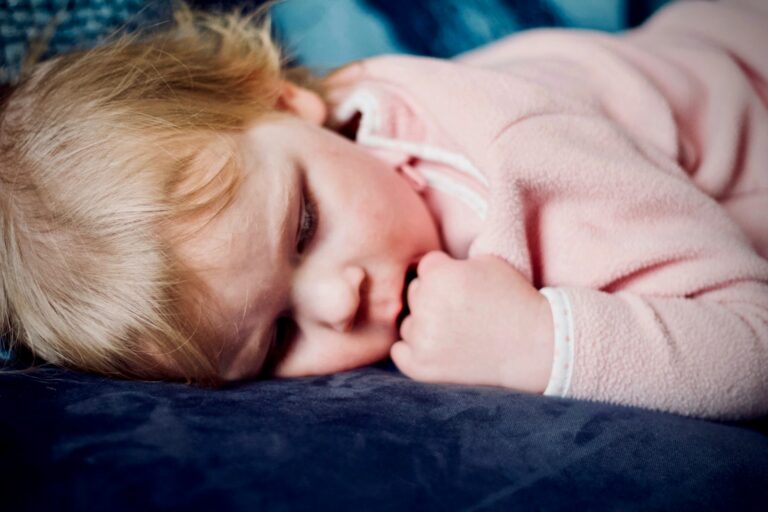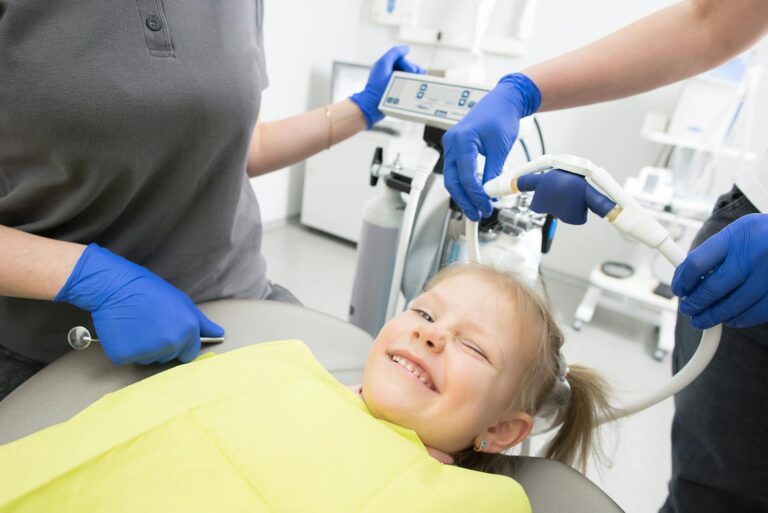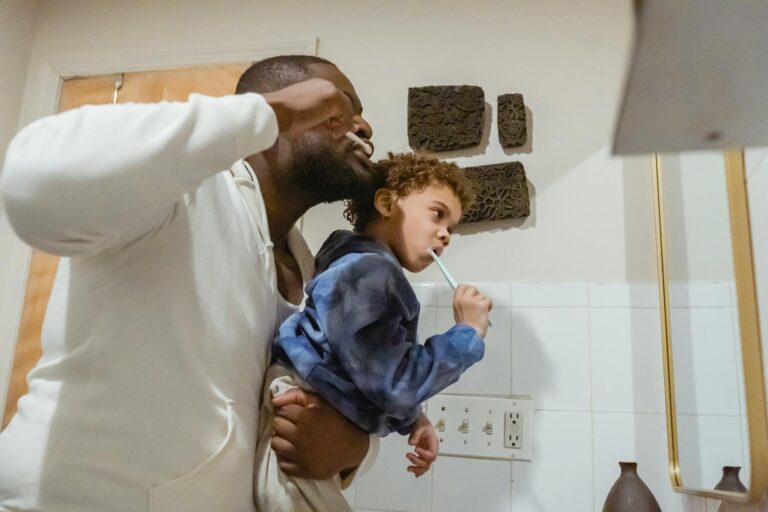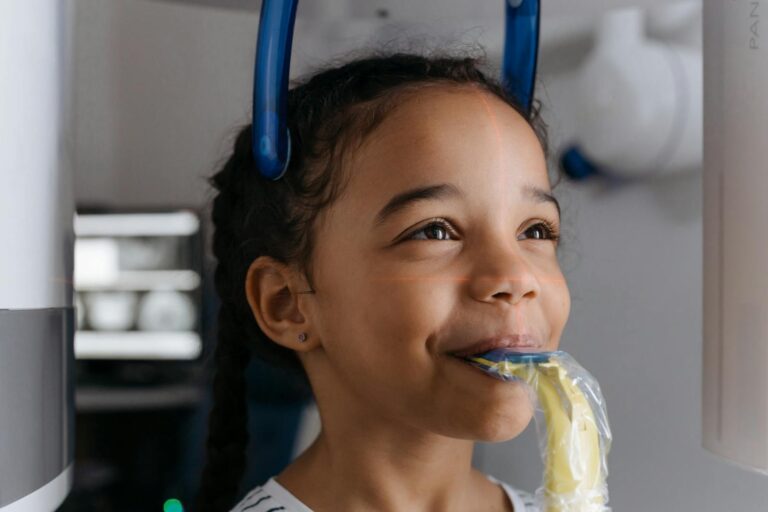Should I Be Worried If My 8-Year-Old Still Has Baby Teeth?
It’s a common question many parents find themselves asking: “My child is 8, and they still have baby teeth—is that normal?” Whether you’ve been noticing that your child hasn’t lost as many teeth as their peers, or you’re just curious about the timeline, you’re not alone. The good news? In most cases, it’s completely normal.
Let’s break down what’s typical, when to expect tooth loss, and when it might be time to check in with your pediatric dentist.
Understanding the Natural Timeline of Tooth Loss
Children usually begin losing their baby teeth (also known as primary teeth) around age 6. The front teeth—especially the lower central incisors—are often the first to go. From there, the process typically continues gradually through age 12 or even 13, when the last baby molars are replaced by adult premolars.
Here’s a general timeline to keep in mind:
– Ages 6–7: Most children lose their lower and upper front teeth
– Ages 7–9: The lateral incisors and first molars may begin to loosen and fall out
– Ages 9–12: The baby canines and second molars are replaced by permanent teeth
So, if your 8-year-old still has several baby teeth, especially molars or canines, it’s likely they’re just following a slower but still normal schedule.
Every child develops differently
Tooth eruption and loss can vary widely from one child to another. Just like some children walk or talk earlier than others, the timing of dental development is unique to each child. If your child started getting baby teeth later than average, there’s a good chance they’ll start losing them a bit later, too.
Also, genetics plays a role. If you or your partner were “late bloomers” when it came to tooth loss, your child may simply be following in your footsteps.
When to Be More Watchful
In most cases, late tooth loss is simply a variation of normal development. However, there are certain situations where it’s a good idea to schedule a dental evaluation to make sure everything is progressing as it should. While there’s no need to panic, staying aware of these signs can help you act early if any intervention is needed.
1. No baby teeth have fallen out by age 8 or 9
If your child reaches 8 or 9 years old and still hasn’t lost any baby teeth—not even the lower front incisors—it may be time for a closer look. In this situation, your dentist might recommend taking dental X-rays to check beneath the surface. The goal is to see whether the permanent teeth are forming and positioned correctly. Sometimes, the adult teeth may be missing (a condition called congenitally missing teeth), or they may be impacted—meaning they’re blocked from erupting normally. Early detection allows your dentist to create a treatment plan, if needed, to ensure your child’s smile develops properly.
2. Permanent teeth are coming in before baby teeth fall out (a.k.a. “shark teeth”)
It’s not uncommon for adult teeth to start erupting behind the baby teeth—especially in the lower front part of the mouth. This can result in two rows of teeth that resemble a shark’s smile. While it may look concerning, it often resolves on its own as the baby teeth loosen and fall out naturally. However, if the baby teeth remain firmly in place while the adult teeth continue to erupt, your dentist may recommend gently extracting the baby teeth to make space. The sooner this is addressed, the better the chance of guiding the adult teeth into their proper position.
3. Baby teeth are loose but aren’t falling out after several months
Sometimes, a baby tooth becomes wiggly but just doesn’t want to let go—even after months of being loose. This could mean the root of the baby tooth hasn’t fully dissolved, or the adult tooth isn’t pushing up with enough force to complete the process. In these cases, a dental exam is helpful. The dentist will assess whether it’s best to wait a little longer or remove the baby tooth to avoid complications like improper alignment or discomfort while chewing.
4. Crowding or alignment concerns are visible
If you notice that your child’s baby teeth are tightly packed, overlapping, or causing an uneven bite, delayed tooth loss may be playing a role. Crowded baby teeth can interfere with the natural path of erupting adult teeth and may contribute to alignment issues down the road. During a checkup, your pediatric dentist can evaluate your child’s bite and spacing. In some cases, they may recommend a referral to an orthodontist to assess whether early intervention—such as space maintainers or minor orthodontic appliances—could help guide healthy development.
How to Support Your Child During This Stage
– Encourage good oral hygiene to keep baby teeth healthy until they’re ready to fall out
– Reassure your child that everyone loses teeth at their own pace
– Avoid forcing or pulling out teeth that aren’t ready—this can cause pain or damage
– Make dental checkups a positive experience so your dentist can monitor tooth development regularly
Final Thoughts
Still having baby teeth at age 8 is often just part of your child’s natural rhythm. Most children gradually lose their remaining primary teeth over the next few years without any complications. However, if you’re ever unsure or something doesn’t seem quite right, your pediatric dentist is your best resource for peace of mind.
In the meantime, continue to support your child’s oral health journey with patience and positivity. Each wiggly tooth brings them one step closer to a confident, healthy adult smile.


